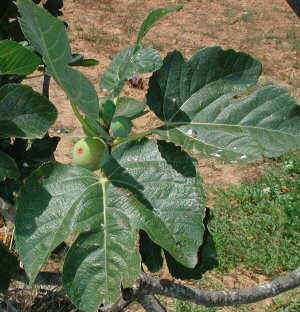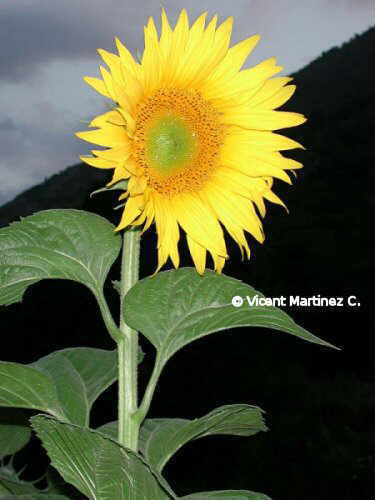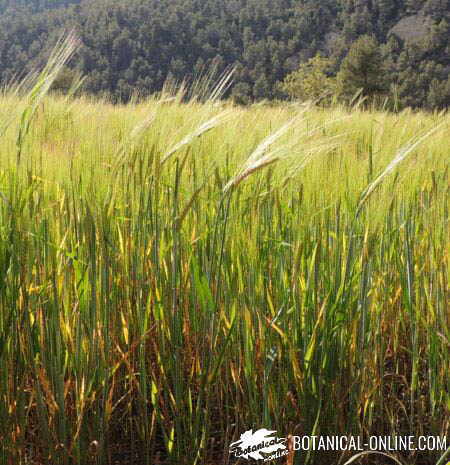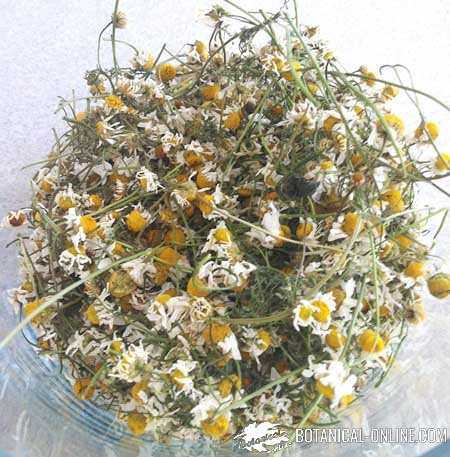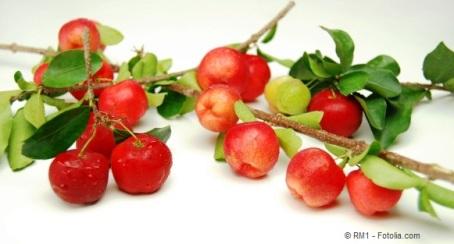Contents
TRADITIONAL USES OF AGRIMONY
Agrimony, traditional and magical herb
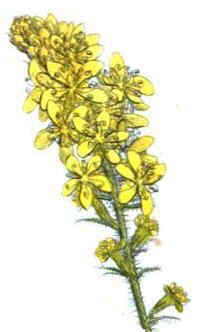 A detail of the inflorescence A detail of the inflorescence |
Agrimony is a plant that has been used since ancient times. The ancient Greeks considered it a medicinal and magical plant. From the point of view of magic, it was used to neutralize the spells. It has been used medicinally especially to stop bleeding and heal wounds.
It appears in the classical writings. Dioscorides said about it that its leaves smeared with lard served to heal wounds, while the decoction of the seeds or leaves in wine were adequate for the liver or to cure snake bites.
In the Middle Ages it was widely used to heal the wounds of the arms, hence, in Spanish, it also known as ” Hierba de las heridas”, meaning “Herb for the wounds.”
Farmers and loggers often used it to disinfect cuts made with farm tools or cutting tools, such as plows, hoes, shears, axes, etc. Hence the name in Spanish of ” Hierba del podador (“Trimmer grass”)
When firearm were first invented, agrimony was used to heal the wounds of the bullets of the musket and prevent them from becoming infected.
The hemostatic ability of this herb, that is its power to contract the tissue and stop blood from flowing out, is recognized in Spanish name “mermasangre.” (= ” blood decreaser”).
Its popular Spanish name ” Te del norte” (= ” Tea of the North”) responds to the common use by the peoples of northern Europe, as a substitute for real tea, since the latter was too expensive for their income.
It has also traditionally been used for insomnia. For this, the dry leaves of the plant were introduced into the pillow.
A less common use is described in the Bald’s Leechbook, a medical remedy book written in Old English in the ninth century AD. According to this manuscript, agrimony could be used to cure impotence. This should be done with a decoction of the herb in milk. In case of an “excessive virility,” according to this book, it could be cooked with beer, in which case, it had the opposite effect.
In France it has been used and continues to be used, along with other herbs, to make a cleansing tea that will be drunk during the spring.
New and Complete Encyclopedia, published in New York in 1805 described it thus:
| ” Common agrimony, grows in natural forests. It is eaten by sheep and goats, but refused by horses and swine. The Canadians are said to use an infusion of the root in burning fevers with great success. An infusion of six ounces of the crown of the root in a quart of boiling water sweetened with honey, and half a pint, drunk three times a-day, is an effectual cure for the jaundice, according to Dr. Hsl. It is advised to start with a vomit, after keeping the stomach soluble, and to continue with the medicine as long as any symptom of the disease remains. It is said to be a detergent, and strengthener of the viscera. Herein it is recommended in scorbutic disorders, in debility of the intestines. Digested in serum, it is a useful diet drink for the spring-season, not unpleasant for the palate or stomach. Dr Alston says, that the best of administering this herb is in powder form, and , and that if taken in high amounts, we can expect much of the pain-relieving effects of its bark. |
- Current Medicinal Uses: Agrimony is currently mainly used internally for stomach and intestinal problems such as diarrhea, gastritis, indigestion, lack of appetite.
Externally, the current use of agrimony focuses on respiratory tract infections such as tonsillitis, pharyngitis, sinusitis, etc. (More information on the “Properties agrimony” in the listing below)
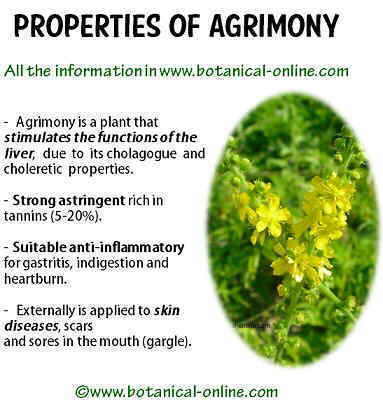 Main curative properties of agrimony |
Other agrimony properties:
- Agrimony, edible plant: with the agrimony seeds, once dried and ground, a flour is obtained that was used as food in times of scarcity.
- Agrimony, colouring: Agrimony can be used as a colouring. The whole plant has been used in some countries to dye wool yellow. If harvested in September, the plant produces a light yellow tint. When harvesting is done later, it produces a darker yellow.
- Agrimony, a plant for tanning leather . The richness of this plant in tannins makes it suitable for tanning leather.
- Agrimony, an ornamental plant: It is a plant that can be grown easily. The beauty of its leaves and long spikes of yellow flowers make it suitable as a garden plant.
![]() More information on agrimony
More information on agrimony

